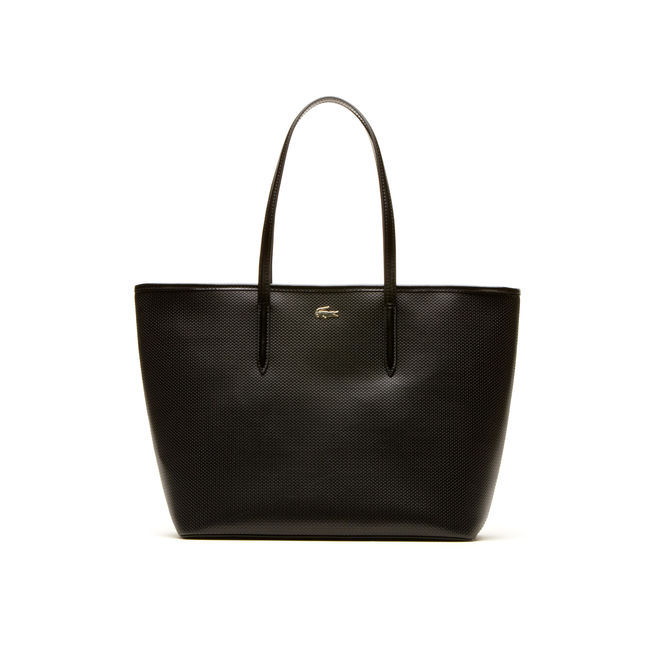Sustainable Leather?
- saskiagoeres

- 27. März 2017
- 6 Min. Lesezeit

Rachel Sleight is a teacher of Product Design and just founded her brand ‘Burnbank’, which mainly concentrates on high quality, sustainable hand bags.
Her preferred material is leather; a material I am quite indecisive about. I love its texture and its timeless style. It is a natural product, but to which degree is it more sustainable than an unnatural product? Is it a by-product from meat, or is meat the by-product from good leather? How much of the animal’s skin is used for products, and how much is waste? What is its Carbon footprint? And are there alternatives?
I am going to explore these questions, and hopefully make up my mind in the end of this article.
What is ‘common’ leather?
Leather is created by tanning animal rawhide and skin. Cowhide is the most common material used, making up roughly 65 percent of all leather product. In this article, I will focus on the effects of cattle skin due to its majority in use and production.
Is it a by-product from meat, or is meat the by-product from good leather?
Of the leather from cows, the majority is taken from those who are slaughtered for their meat or from dairy cows no longer producing enough milk to remain profitable. The most luxurious and softest leather, though, comes from newborn or even unborn calves taken prematurely from their mother’s wombs.
Peta estimates that 20% of the income from each cow is due to its hide. With a fifth of the income, it supports the meat industry to a degree, that it is hard to talk about a by-product. It makes the hide the most valuable part of an animals per weight. Without this income, the meat industry would struggle to keep their current prices of meat in the supermarkets, making meat a more luxurious product.
By buying leather the demand is increased further, providing a financial incentive to the farmer.
But apart from that, is 20% of the income not still a minority, not sustaining a farmer solely? And is it therefore not a by-product of meat?
I do agree, that it is better to use any by-product of an animal to reduce waste. An average cows hide weighs 30 kilos, adding up to 7.2 billion kilos a year. The cost of putting these hides into landfill in countries charging the same rate of landfill tax as the UK is therefore £576 million. Instead of gaining money from selling the hides, the meat industry would have to pay these sums for disposal. Therefore, buying leather supports the meat industry to a significant degree.
Waste?
But instead of wasting precious material, should we not use it before throwing it away? The problem here is, that leather biodegrades slowly, taking between 25 and 40 years to decompose. But most of our leathers used went through the tanning process, which preserves the material and stops it from decomposing. Therefore treated leather is filling up our landfills Leather biodegrades slowly, while the untreated animal skin would decompose and return minerals to the soil.
The moral issue
In the UK the meat and leather industry is regulated to a degree, but more than half of the leather used worldwide comes from China and India, where labor is cheap and environmental regulations are lax. The life conditions for cows in these countries are unacceptable. It is worth recalling, that even products labelled with “made in the UK” source their leather from the cheapest country, which would be China and India for leather.
Some of the most shocking accounts of leather trade are from India:
“Spent dairy cattle are shipped from the North of India thousands of miles to the two states in India that still allow cattle slaughter, Kerala and West Bengal, or even all the way to Bangladesh. Animals who are too sick or injured to walk are dragged and beaten; chili peppers are rubbed into their eyes and their tails are broken. At the slaughterhouse, cows are bound by all four feet and tossed on their sides onto the filthy, blood-covered floor. Their throats are cut with dull knives, and other cows look helplessly on as their companions slowly bleed to death”
Additionally, PETA’s investigation into India’s tanneries found workers in just hideous conditions, forced to breath and touch the entire gamut of toxins, all of which were then dumped into rivers for nearby villagers to drink.
What is its Environmental Impact?
The environmental impact of leather is mostly due to the carbon footprint of cattle rearing, the use of chemicals during the tanning processes and the air pollution due to the transformation processes.
Factory farming is not sustainable due to the fuel-intensive feeding of the cattle, the waste generated and the methane released. This all would be the case for meat production itself, though. But after the hide is harvested from the slaughtered animal, it has to go through a chemical intensive process.
This is avoided in Europe and America due to strict regulations, driving businesses to China, where regulations on animals, environment and workers is lax.
Including these factors, the environmental impact of leather can be put in numbers with its carbon footprint. One estimate of the carbon footprint of leather goods is 0.51 kg of CO2 equivalent per £1 of output at 2010 retail prices, or 0.71 kg CO2eq per £1 of output at 2010 industry prices. (Wikipedia)
This is even worse, considering there is a more environmentally friendly way of tanning. Vegetable tanning is an ancient method, using tannin, which occurs naturally in trees and plants. It takes between 3 and 5 weeks, which is much longer than the chromium tanning and therefore economically not desirable. But it causes less environmental harm, less waste water and the leather is easier to dispose when vegetable tanned.
Substitutes?
With leather being harmful for environment due to greenhouse gases, contaminated water and air and not composing waste, painful for animals and unhealthy for workers and residents close to leather tanning factories, we should look at the alternatives available.
Firstly, a lot of purposes of leather can be easily substituted with fabrics, like cotton, denim, linen like. But if someone really likes the properties of leather, there are lots of different choices of ‘fake’-leather.
Bags are produced by GG2g, Matt and Nat, Tom Bihn and shoes by olsenHaus, MooShoes, Vegetarian Shoes. Apart from that, there are several materials that mimic leather in some way:
Artificial leather, a fabric of finish intended to substitute for leather
Bicast leather, a synthetic upholstery product
Kirza, developed in the Soviet Union
Pleather, a term for artificial leather
Poromeric imitation leather, a group of synthetic leather substitutes
Vegan leather, an artificial alternative to traditional leather
Cork leather
Conclusions
For me personally, this research persuaded me to be more aware in my choice of leather. If I really want to buy a leather product, I should ensure that it is vegetable-tanned, that its animals were farmed in an European country or that the leather in question is recycled. Terra Plana makes shoes out of vegetable-tanned or recycled leather.
For a global improvement, the regulations on chemical waste would have to standardised and a greater transparency would have to be made available to the end consumer.
I am personally going to try to avoid new leather purchases, choosing the cheaper fake leather or textiles. I would theoretically be o.k. with the use of leather, if the animals would have had a happy and longish life and all of its parts would be used and seen as a luxurious product. But the meat industry has sadly developed itself away from this scenario, mainly due to customers’ pressure for cheaper meat and animal products.
Sources







































Kommentare